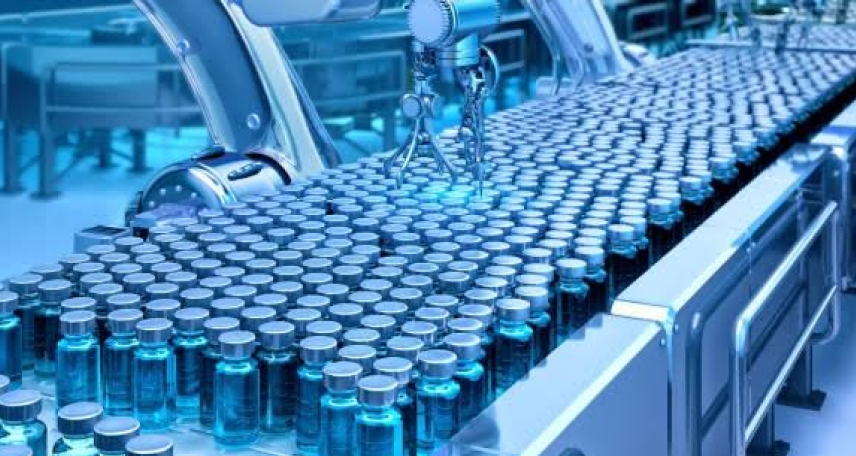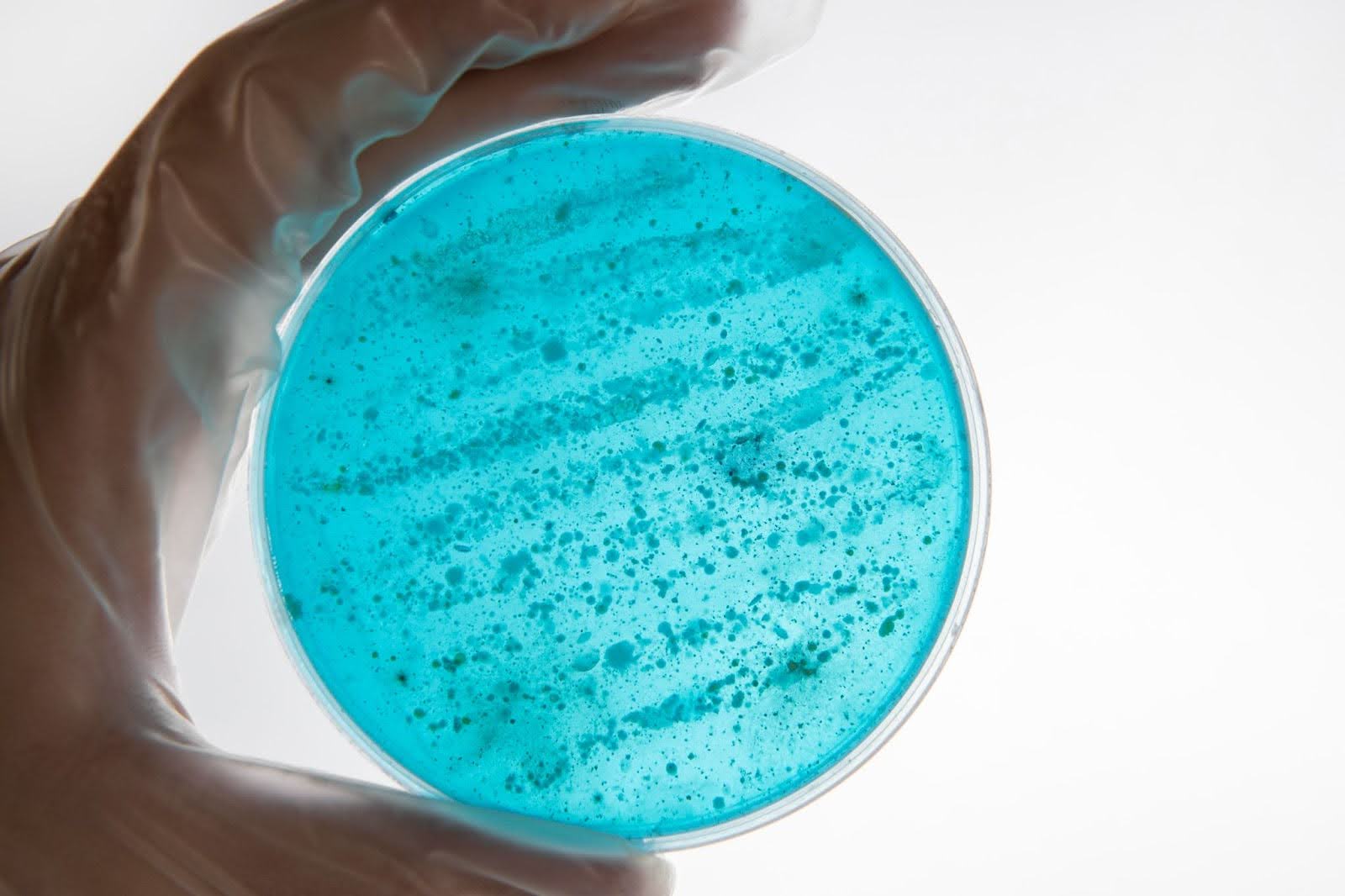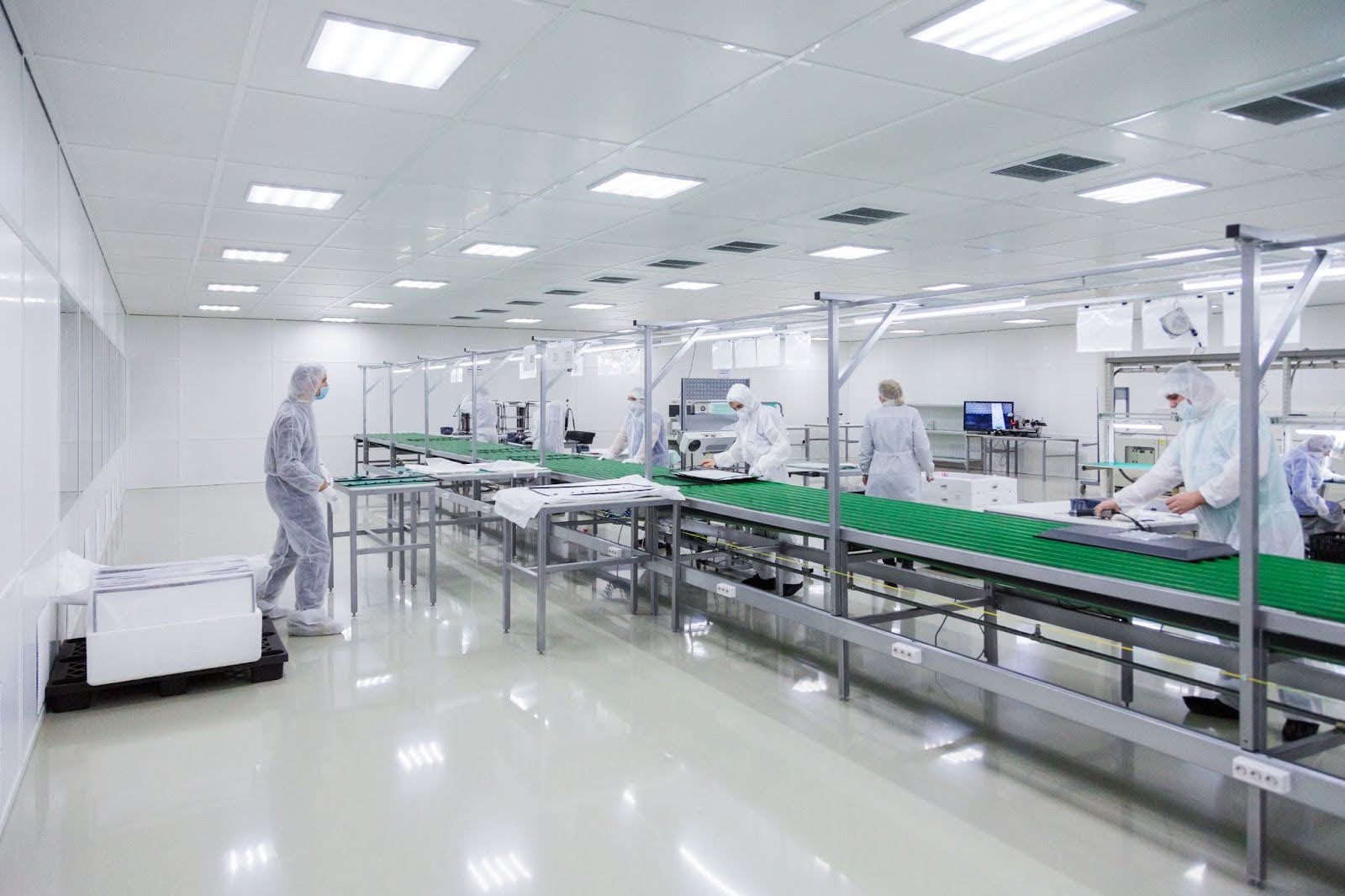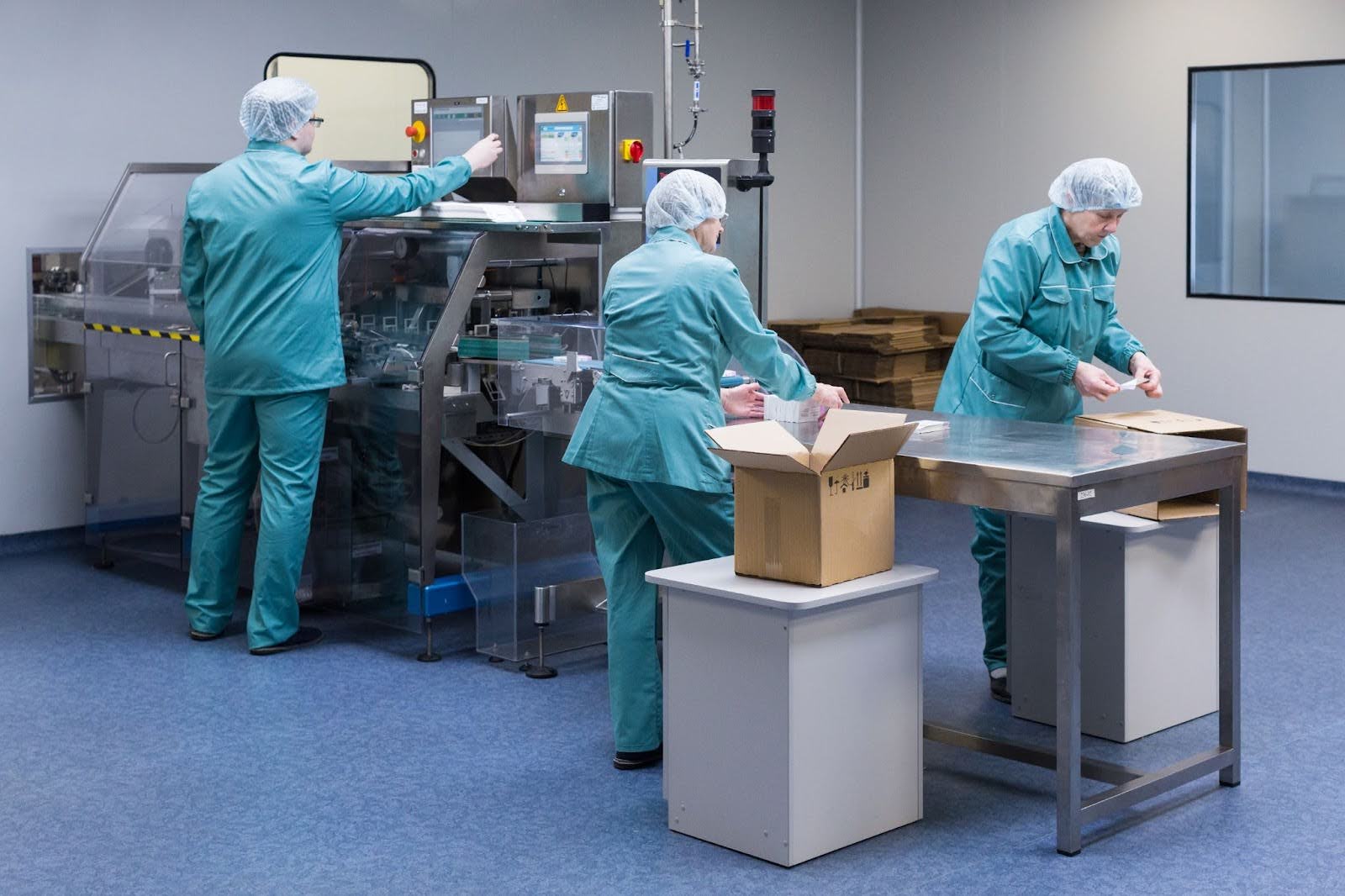by Simantini Singh Deo
8 minutes
The Backbone Of Aseptic Processing: Monitoring Compressed Air, Gases, Water, And Steam
Learn how utility monitoring safeguards product quality and compliance in pharmaceutical manufacturing.

In the pharmaceutical manufacturing processes, utilities such as compressed air, gases, water, and steam play a vital role in maintaining the integrity of the aseptic environment and ensuring product quality.
These are often referred to as critical utilities because they directly or indirectly come into contact with drug products, containers, or manufacturing equipment. Monitoring these utilities is therefore not just a matter of compliance but a cornerstone of an effective Contamination Control Strategy (CCS).
A well-defined utility monitoring program ensures that contaminants whether particulate, microbial, or chemical are detected and controlled before they pose a risk to product quality. A structured pharma utility monitoring approach strengthens this control through continuous verification and trend-based oversight.
This article explores the significance of monitoring critical utilities, the types of tests performed, regulatory expectations, and best practices for implementing a robust monitoring program in both new and legacy facilities.
The Role of Utilities In Pharmaceutical Manufacturing
Utilities are the unseen yet indispensable enablers of every pharmaceutical process. From providing clean compressed air to drive pneumatic systems to supplying purified water for solution preparation, they serve as the backbone of sterile operations. However, these utilities can also be potential sources of contamination if not properly designed, maintained, and monitored.
For instance, compressed air may introduce particles or oil vapors into aseptic zones if the filtration system fails. Similarly, processed gases like nitrogen or carbon dioxide used in production or packaging can harbor microbial or particulate contaminants if purity is compromised.
Water systems, including Purified Water (PW), Water for Injection (WFI), and clean steam, can easily become breeding grounds for microorganisms if biofilm forms within distribution loops.
Thus, each utility must be treated as a critical component of the contamination control chain, demanding continuous monitoring and validation to ensure its safety and consistency. Robust surface monitoring practices help correlate utility quality with contamination patterns across operational zones.
Key Parameters Monitored In Critical Utilities
Each utility type has specific parameters that must be monitored to ensure compliance with pharmacopoeial and regulatory standards. A clear cleanroom standards overview supports the justification of these parameters as part of broader compliance requirements.
1. Compressed Air & Process Gases — Compressed air and gases are often used to clean, dry, or move materials in aseptic processing areas. They may also be in direct contact with product-contact surfaces. The primary contaminants of concern include particles, oil, water vapor, and microorganisms.
The typical parameters monitored include:
- Particulate Contamination: Measured using particle counters to ensure compliance with ISO 8573-1 standards.
- Microbial Contamination: Evaluated through impaction or filtration methods using sterile media, followed by incubation.
- Oil Content: Assessed using gravimetric or aerosol photometric methods.
- Moisture Content: Monitored through dew point or humidity measurement systems.
2. Water Systems
Water is the most widely used raw material in pharmaceutical manufacturing and is classified into several grades, including Purified Water (PW), Water for Injection (WFI), and Highly Purified Water (HPW). Each grade has specific quality requirements as per pharmacopeial standards such as USP, EP, and JP.
Key Parameters Include:
- Chemical Quality: Conductivity, Total Organic Carbon (TOC), and pH.
- Microbial Quality: Total viable count (TVC) and absence of objectionable organisms.
- Endotoxins: Particularly for WFI, where bacterial endotoxins must be below 0.25 EU/mL.
- Physical Conditions: Temperature and flow rates to prevent microbial growth.
3. Clean Steam
Clean steam is typically generated from WFI and used for sterilization of equipment, tanks, and piping systems. Since it comes into direct contact with sterile surfaces, its purity must be equivalent to that of WFI.
Monitoring Parameters Include:
- Non-condensable gases: Ensuring these are below the limits defined in pharmacopoeias.
- Dryness Fraction: To confirm steam quality and prevent wet steam.
- Chemical Contaminants: Such as volatile impurities or carryover from boiler additives.
Regulatory Expectations
Regulatory agencies such as the U.S. FDA, EMA, and WHO expect that pharmaceutical manufacturers implement a comprehensive and risk-based approach to utility monitoring as part of their CCS. Annex 1 of the EU GMP Guidelines (2022) emphasizes the need for consistent monitoring of all utilities that can impact the aseptic environment or product sterility.
Key Regulatory Expectations Include:
- Utilities should be designed and qualified to ensure a consistent supply of clean, contaminant-free resources.
- Monitoring programs must be based on risk assessment and scientific rationale.
- Sampling points should be strategically located to represent the most challenging or critical areas in the system.
- Trend analysis should be conducted to identify early signs of deterioration or contamination.
- Deviations or out-of-specification results must trigger root cause investigations and corrective actions.
Compliance with these principles ensures that utilities are continuously controlled and that any risk to product quality is minimized.
Sampling And Testing Strategies
An effective utility monitoring program relies on well-defined sampling and testing methods tailored to each utility type. For compressed air and gases, sampling should be performed as close as possible to the point of use to capture the actual quality of the air entering the process area. Validated cleaning validation methods help confirm that contact surfaces linked to these utilities remain contamination free.
Microbial testing can be conducted using gelatin filters, which are dissolved after sampling and incubated on suitable media. Particle testing is often performed in-line using laser particle counters.
In water systems, sampling frequency is determined by the system design and risk assessment. Routine monitoring points typically include the generation unit, distribution loop return, and use points. Automated online systems can continuously track conductivity and TOC levels, while microbial and endotoxin testing are usually performed offline. For clean steam, condensate samples are analyzed for conductivity, endotoxins, and non-condensable gases to verify compliance. Monitoring may also include periodic system qualification to ensure steam purity
Common Challenges In Utility Monitoring
Despite technological advancements, utility monitoring faces several challenges, particularly in legacy or brownfield facilities.
- Aging Infrastructure: Older systems may lack adequate sampling ports or have dead legs that harbor microbial growth.
- Inconsistent Sampling Procedures: Variations in sampling technique can lead to unreliable data.
- Limited Automation: Manual data collection increases the risk of errors and delays in identifying excursions.
- Biofilm formation: Persistent biofilms in water systems are difficult to detect and eradicate, leading to recurring microbial contamination.
- Integration Gaps: Lack of integration between monitoring systems and quality management platforms can hinder trend analysis.
Addressing these challenges requires modernization of infrastructure, implementation of automated monitoring tools, and robust training programs for operators.
Best Practices For Utility Monitoring
To ensure effective control and reliability of utility systems, manufacturers should adopt several best practices that align with industry standards and regulatory guidance.
1. Design & Qualification: Utility systems should be designed with sanitary principles in mind, ensuring smooth surfaces, proper slopes, and minimal dead legs. Qualification should include Installation Qualification (IQ), Operational Qualification (OQ), and Performance Qualification (PQ) to verify that the system performs as intended under all conditions.
2. Risk-Based Monitoring: Monitoring frequency and parameters should be determined based on risk assessment. Systems with higher potential impact on product quality such as WFI loops should have more frequent monitoring compared to non-critical utilities. The use of tools like Failure Mode and Effects Analysis (FMEA) can aid in prioritizing monitoring activities.
3. Automation & Real-Time Monitoring: Implementing real-time monitoring technologies enhances data accuracy and responsiveness. Online sensors for TOC, conductivity, and particle counts can provide immediate alerts in case of deviations, allowing quick corrective action and reducing product risk.
4. Preventive Maintenance: Regular maintenance, such as filter replacement, sanitization, and loop flushing, ensures that systems remain within validated parameters. Preventive maintenance schedules should be data-driven and integrated with historical monitoring results.
5. Data Trending and Review: Continuous trend analysis helps detect early signs of system degradation. For instance, a gradual rise in TOC or microbial counts may indicate biofilm formation or compromised filters. Periodic data reviews and annual product quality reviews (PQRs) help in proactive decision-making.
6. Cross-Functional Involvement: Utility monitoring should not be isolated to engineering or microbiology teams alone. Collaboration between QA, QC, and operations ensures that all aspects from design to data interpretation are aligned with the contamination control strategy.
Future Outlook: Smart Monitoring and Digitalization
The future of utility monitoring lies in digital integration and predictive analytics. With the advent of Industry 4.0, pharmaceutical manufacturers are moving toward smart utilities, systems equipped with sensors, data analytics, and AI-driven algorithms that predict contamination risks before they occur.
For instance, AI-based models can analyze historical data from water systems to predict microbial trends, while digital twins can simulate system performance under various operational conditions. These innovations enable a proactive rather than reactive approach, strengthening the overall CCS and ensuring continuous compliance.
In Conclusion
Monitoring critical utilities such as compressed air, gases, water, and steam is an essential part of contamination control in pharmaceutical manufacturing. Each system must be designed, qualified, and maintained to deliver consistent quality that supports sterile operations. Through risk-based strategies, automation, and integration of advanced technologies, manufacturers can not only comply with regulatory requirements but also enhance process reliability and patient safety.
In an era where regulatory expectations continue to evolve, the focus must shift toward continuous monitoring, predictive maintenance, and digital transformation, ensuring that utility systems remain the silent yet steadfast guardians of product quality and aseptic integrity.
Explore more microbiology insights to enhance your contamination control and utility qualification programs.
FAQs
1) Why Is Monitoring Utilities Like Compressed Air, Gases, Water, And Steam Important In Pharmaceutical Manufacturing?
Monitoring critical utilities is vital because they directly or indirectly interact with drug products and sterile environments. Any contamination in these systems—whether microbial, particulate, or chemical—can compromise product quality and patient safety. Regular testing ensures that these utilities consistently meet purity standards and support an effective Contamination Control Strategy (CCS).
2) What Parameters Are Commonly Checked During Utility Monitoring?
Each utility has specific quality parameters. Compressed air and gases are tested for particles, oil, moisture, and microorganisms. Water systems such as Purified Water and WFI are monitored for conductivity, TOC, microbial load, and endotoxins, while clean steam is evaluated for non-condensable gases, dryness, and chemical purity. These checks ensure utilities comply with pharmacopoeial and GMP requirements
3) How Does Automation Improve Utility Monitoring?
Automation enables real-time tracking of utility quality parameters, reducing manual errors and improving data reliability. With digital sensors and AI-based analytics, manufacturers can quickly detect deviations, predict potential issues, and take timely corrective actions—enhancing overall control, efficiency, and regulatory compliance.




